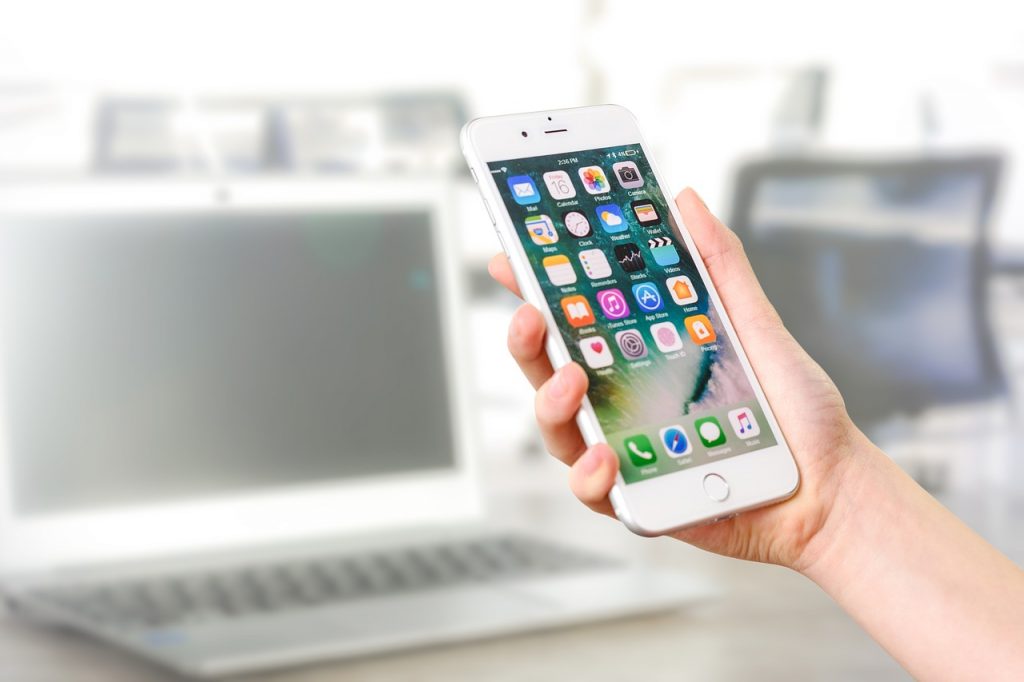How One iPhone Feature Is Helping Police Catch Drunk Drivers
When a crash is detected, and an emergency dispatcher is able to speak to a person involved in a car accident, they can pick up on clues for possible intoxication with Apple's crash detection feature on iPhone.
This article is more than 2 years old

Since the advent of the smartphone, we have indulged in the many applications and features that can be utilized with these devices. Hundreds of thousands of apps can be downloaded to assist you with everything from tuning your guitar, managing your bank accounts, coordinating a vacation, or checking your medical vital signs. The new iPhone 14 models come standard with a brand-new crash detection feature designed to be a potential lifesaving application. However, a person in New Zealand was arrested by police for drunk driving due to the feature on his phone being triggered.
According to Apple Insider, “Crash Detection is a feature that uses hardware sensors and algorithms to detect if the user has been in a severe car accident.” When the phone detects that this type of event may have just occurred, the phone will contact the nearest local emergency dispatch center. Then either the owner of the phone can communicate with them about what has happened, determining the severity of the situation or possibly if the person is a drunk driver. If they are unable to speak, it will allow the dispatchers to determine their location and send help immediately.
In this instance, a 46-year-old man from New Zealand had a single-vehicle accident when his car crashed into a tree. The force of the impact triggered the iPhone 14’s detection protocols, and a call was made by the phone to the New Zealand emergency phone line. The driver was able to speak to the dispatcher and let them know he was fine and that there was no need to send the police to him for assistance.
The dispatcher contacted the local police department and gave them the location of the vehicle accident. The dispatcher audibly picked up some indicators and clues that the man might have been a drunk driver. Upon the police’s arrival, they attempted to conduct a sobriety test on the gentleman, and when they informed him of that, he became unruly.
He refused to cooperate with the law enforcement officers and started pushing them aggressively. Due to their observations of his impaired condition, he was placed under arrest for suspicion of being a drunk driver. The downside to the iPhone 14’s new feature is that there have been reports that it is prone to falsely reporting accidents that have not occurred even though the phone thinks it detected one. In British Columbia, rescue teams have complained that they receive multiple reports of crashes. In some cases, they send helicopters to the scene for search and rescue purposes, but when they arrive, no one is there.
In that same breath, a man in British Columbia was notified of his wife being involved in a car accident a short distance away. He was able to arrive on the scene and was able to render medical aid to his wife before the paramedics made it onto the scene. As we see this feature used more often, whatever adjustments Apple needs to make will eliminate the false reporting problem. This will certainly help get people the medical attention they need quicker, ultimately saving lives.






